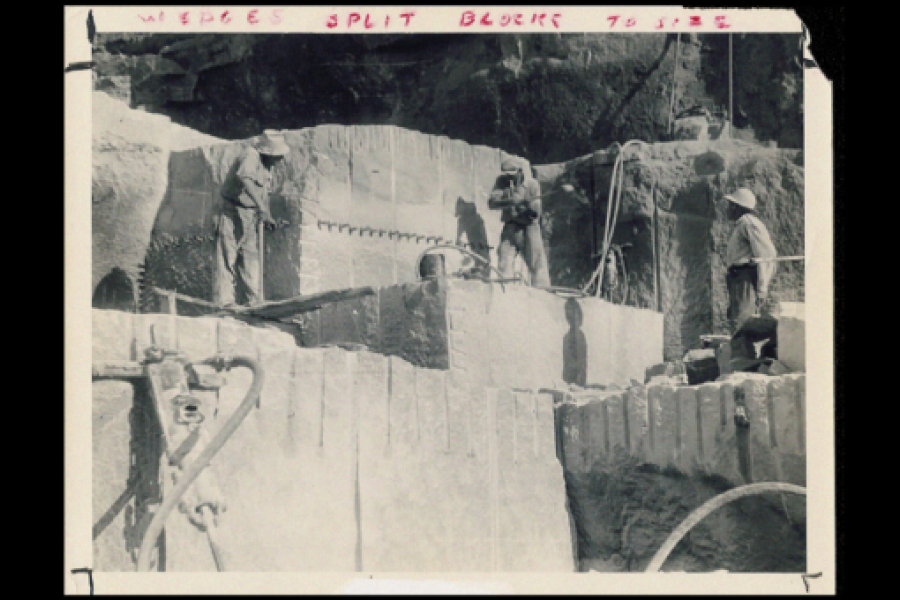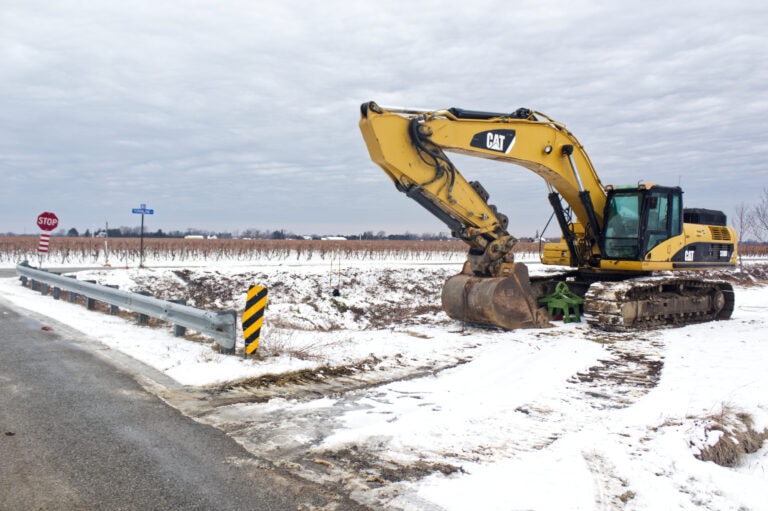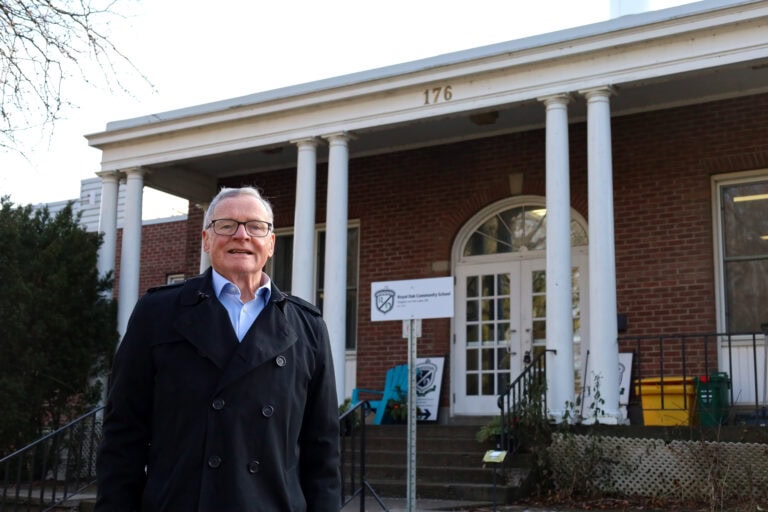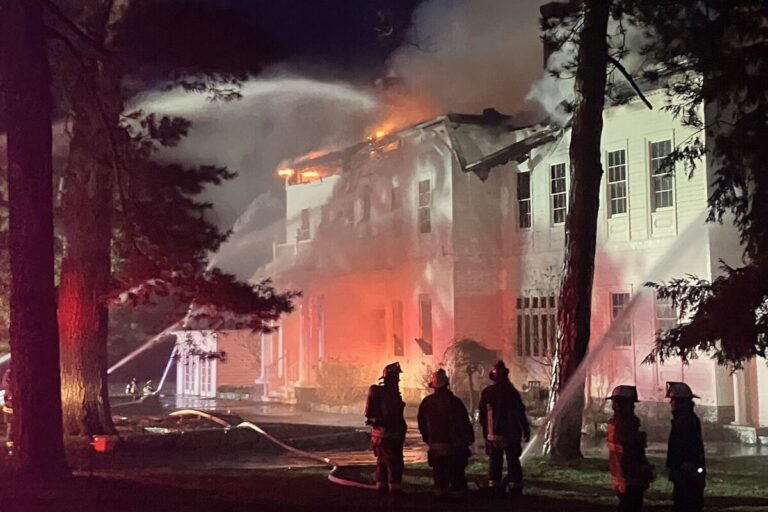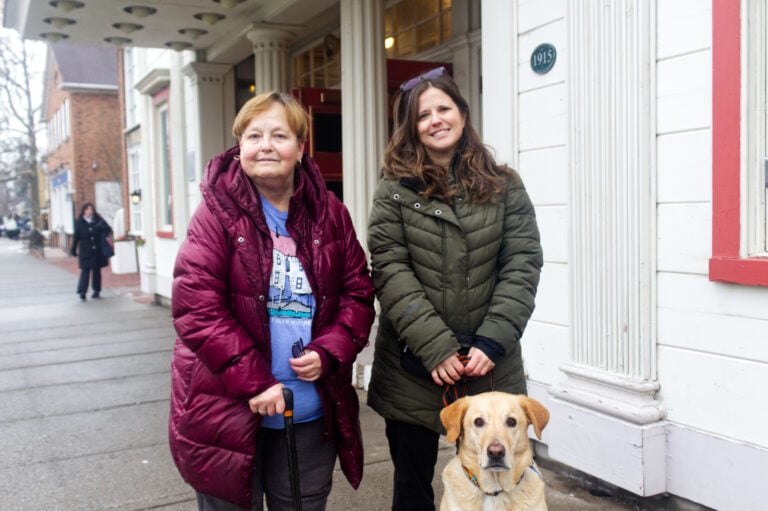Early in the 21st century, one of Niagara’s oldest industrial sites began to undergo a major change. We know it as the Queenston Quarry.
The Niagara Escarpment ranks among the most dominant geographical features of southern Ontario. (Lakes Erie and Ontario would also fit into this category.)
On the escarpment, east of the Queenston Heights battlefield, limestone and shale deposits exist. They were left behind when an ancient ocean from the Silurian and Orodvician periods disappeared.
These deposits became the Queenston Quarry. It is believed that as early as 1819, stone was being taken from the area.
In spite of the loss of this ocean, water has always been a significant feature of the area. Four Mile Creek once flowed a few hundred metres away from the quarry site, and the Niagara River, a couple of kilometres. Today, Ontario Power Generation’s Sir Adam Beck reservoir is nearby.
Because of the proximity of drinkable water, within a kilometre of the Queenston Quarry there are a number of archaeological sites, some of which indicate settlements of precontact Indigenous peoples.
Nomadic hunters and gatherers visited the site and there is evidence that the Neutral Indians established a village near the quarry grounds.
The land that the Queenston Quarry sits on was obtained by the British in 1764 when Sir William Johnson completed a treaty with the Mississauga Indians. Because the British wanted the land to create a portage route, settlement of the area had been prohibited the previous year by the Royal Proclamation of 1763.
By 1781, however, loyalists who had fought as Butler’s Rangers were permitted to settle in the area. James Secord Sr., one of the first settlers of Upper Canada, owned some of the quarry land. It was subsequently inherited by his two sons, Laura’s husband James Jr. and David, after whom the village of St. Davids is named.
In its earliest incarnation, the Queenston Quarry area consisted of several different lots and indeed several different quarries.
Many well-known local people owned the various lots throughout the 19th century. As well as the Secords, the Hamiltons, Dicksons, Chubbucks and Prests owned land.
Even the eminent engineer Casimir Gzowski, who served as lieutenant-governor of Ontario in 1896-1897 had an interest in a quarry lot. Besides his work on the Welland Canal, Gzowski was involved in the construction of the Queenston-Lewiston bridge, which opened in 1899. Today, Gzowski is probably better known as the great-great grandfather of the late CBC radio host Peter Gzowski.
One 19th-century owner, John Brown, a stonemason, was responsible for building the railway bed for the horse-drawn railway from Chippawa to Queenston. In fact, in 1831, the Erie and Ontario Railway reported there were “inexhaustible quarries of lime and building stone” and believed the stone could provide a revenue source for its fledgling company.
Brown also provided stone for some of the buildings at Fort Niagara. His fortune was made, however, from building one of the later Welland Canals, where his many contracts made him over $2 million.
By 1879, Evan’s Gazetteer and Business Directory listed eight men who were stone cutters and/or quarrymen. (Almost a century later, an English pop group called the Quarrymen started to perform. They later changed their name to the Beatles.)
Although they did not survive, the quarry had approximately 10 kilometres of tunnels and caverns running underneath. There are two theories of how they came into existence.
First, that they were developed as a part of the cement-making operations that began sometime around 1884 by the Empire Cement Company. The second theory is that they have been around since mining began in the quarry nearly 200 years ago, and that they are the oldest in Canada.
In 1887, the Usher family became involved in the cement works produced at the quarry. They ran the plant until 1905 and were responsible for producing “Red Star” cement.
Like former stonemason Brown, Isaac Usher had contracts to work on the Welland Canal. In this case, the third one.
Usher had a lease by which he was allowed to mine the natural cement rock for a royalty. His was the first such plant in the province. The use of cement became more and more important.
In 1898, a 33-page pamphlet entitled “Practical Hints on the Use of Queenston Cement” by Isaac Usher and Sons was published in Niagara Falls. Today, it can be found in libraries as far away as Australia.
The end for the Usher cement plant, however, was only a few years away. In 1905, Portland cement was introduced. Since it was cheaper than the Red Star, and dried faster, the Ushers closed their business at the quarry.
While the new cement product may have ended the Ushers’ tenure, it was not the end of the quarry.
The Lowrey family were shopkeepers who had businesses in Queenston, St. Davids and Niagara Falls. They built a canning factory in St. Davids and were among the first in Niagara to plant vineyards.
In 1910, Edwin Lowrey sold his brother Charles 99 shares in the Queenston Quarry Company. Each share was worth $100. Edwin received “goods, chattels and stock in the Lowrey general store,” which was located at what is now the corner of York Road and Four Mile Creek Road.
By 1911, the Queenston Quarry Company was buying out several of the smaller quarries nearby, and by 1928, Queenston Quarries Ltd. owned the entire site.
In 1925, the company was bought by the Canada Crushed Stone Company and in 1928 by Steetley Industries, which continues to own several other quarry sites near Dundas. LaFarge Canada took over in 1988.
There is evidence that there was a small village of workers’ houses at the quarry site. It included a boarding house for single men. The village existed until the 1950s when a beetle infestation forced the inhabitants to move and the buildings were bulldozed.
As late as 2008 there were remnants of a lime kiln still visible at the quarry site, similar to those at Ball’s Falls. A microwave tower erected in the early 1950s was also found nearby. Although some people believed it was used by the United States air force, it is in fact a memento of the Cold War.
The stone in the quarries varied in colour from light grey to blue. It was easy to polish and was considered to be of the highest quality for use in making lime and cement. At its peak, the quarry was the largest in Ontario, and Queenston limestone had a strong reputation.
Among the structures that have used Queenston limestone are Brock’s Monument, the third Welland Canal, the Queenston-Lewiston bridge, the Niagara-on-the-Lake courthouse, St. Saviour’s church in Queenston, Table Rock House in Niagara Falls, the east block of the Parliament buildings, the governor-general’s residence Rideau Hall, the Ontario provincial legislature buildings, and the Queen Elizabeth hotel in Montreal.
Internationally, Artpark in Lewiston, and Canada House in London contain Queenston limestone. Most recently, limestone was quarried for use in the Landscape of Nations site on Queenston Heights.
Records indicate that the specifications for the Niagara-on-the-Lake courthouse are highly detailed. The contractors were required to use “good hard sound burnt brick” and a specific recipe for mortar consisting of “the best fresh burnt lime and good sharp sand mixed one part lime to two parts sand.” The builders were also to use the “best Queenston or Thorold stone from local quarries.”
The Ontario Archives in Toronto houses the Brock Monument Building Committee Papers and Minutes 1852. They state, rather intriguingly that “The monument is made totally of Queenston stone (“poor quality quarried material”) from the original monument and a quarry immediately to the west.”
Today the quarry is undergoing major change. In 2006, NOTL resident, real estate lawyer and developer Frank Racioppo began to transform the disused quarry into a master-planned community: a private hidden valley with residential and resort development that will include organic agriculture, orchards, a variety of housing styles, a golf course, spa, fitness club, restaurants and a winery. Walking trails are also planned.
The area known as the Queenston Quarry has existed for many thousands of years. Human inhabitants have used it for centuries. It’s future is exciting.
More Niagara’s History Unveiled articles about the past of Niagara-on-the-Lake are available at:
www.niagaranow.com



